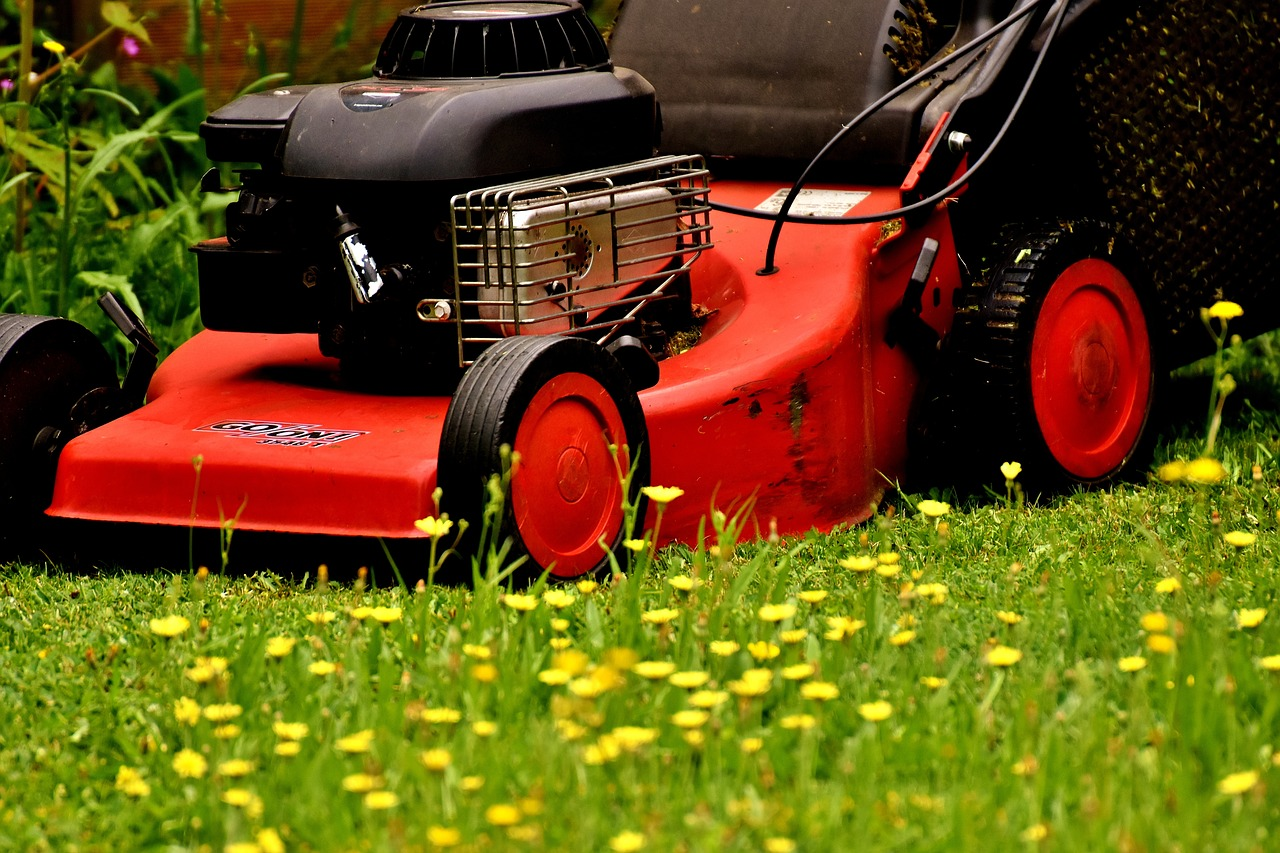
No Mow May Explained: Why You Should Skip Mowing in May
May is just around the corner and with it No Mow May. In this article, we explain what No Mow May is and the benefits of not mowing the lawn in May. Many plants and animals benefit from a rare cut and biodiversity increases automatically. You can transform your monotonous lawn into a diverse meadow that not only looks beautiful, but also has great ecological value. Find out how to do this here!
This Article Contains:
Quick Overview
No Mow May Explained
- No Mow May is a campaign by the nature conservation organization Plantlife, where you don't mow your lawn in May. The aim is to create more biodiversity in meadows.
- Why is this important? Early bloomers such as dandelions, daisies etc. provide the first food for wild bees, bumblebees and butterflies. Regular mowing prevents them from flowering.
- How often should you mow your lawn? 1-3 cuts a year are sufficient for meadows. Ideally with a scythe - this protects animals and plants.
- When is the best time to cut? The best time is very individual, but it makes sense to wait for the wild plants to flower before mowing. In some locations, a very early cut makes sense.
- Mosaic mowing is particularly gentle on the garden inhabitants.
The English Lawn: An Ecological Desert
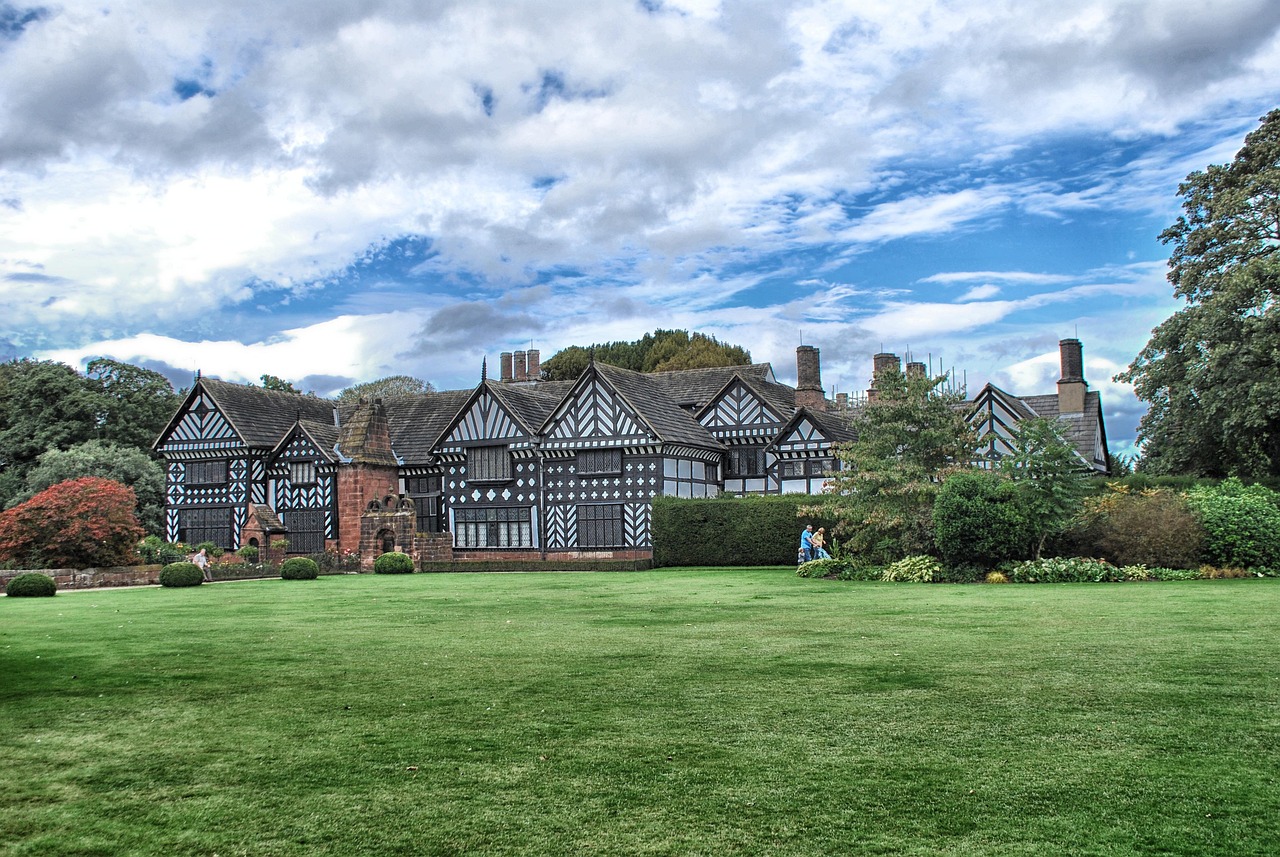
When you think of a lawn, the ideal image that immediately springs to mind is that of a uniform, lush green lawn. An area dominated by grasses and without any "weeds" - an ecological desert with little biodiversity.
In the following, we explain why this doesn't make sense. Because a lawn is not just a lot of work: fertilizing, watering, herbicides, lawn mowing - and all that time and effort. A lawn also has little to offer in terms of plant diversity. Grasses grow predominantly, forming a closed ground cover.
No Mow May: Mow-Free May for Biodiversity
No Mow May is a campaign by the British nature conservation organization Plantlife. Its aim is to protect and conserve wild plants, fungi and habitats (Plantlife, 2024). This also gave rise to Mow-Free May. The aim is to preserve meadows and draw attention to their potential as habitats.
By not mowing, wild flowering plants can grow and bloom. Especially in spring, these wild plants are extremely important for many insects such as butterflies and wild bees, as they provide a large proportion of the first food. If the lawn is mowed regularly, these plants cannot reach flowering stage. As most wild flowering plants are in full bloom in May, the idea of No Mow May was born. This turns lawns into biodiverse meadows, which have a high ecological value and have also become rare habitats. With this simple measure, you can contribute to the preservation of biodiversity and bring joy to nature in your region.

What Is the Difference Between a Lawn and a Meadow?
As described above, a lawn is a plant community of grasses that form a dense sward. A meadow, on the other hand, is characterized by biodiversity. Numerous different plants grow : wild herbs, flowers and grasses. A meadow changes over the course of the year and different plants grow depending on the season. For this reason, a meadow provides different habitats and also food for insects: Bees, bumblebees, hoverflies, moths, butterflies, bugs and beetles find food and a place of refuge.
The big difference between a meadow and a lawn is the intensity of use. In agriculture, a distinction is made between extensive and intensive use. A lawn is used intensively because it is mowed frequently and is very labor-intensive. Frequent cutting encourages highly competitive, low-growing grasses that form a dense ground cover. This has the advantage of creating an even, evergreen lawn that is pleasant to walk on - useful for sports fields and playgrounds.

For most gardens, however, a meadow is more suitable. In view of dwindling habitats and the decline in species, it is important to design existing areas in such a way that native animals and plants also benefit from them. You also have the advantage of having less work. We explain how to find the right time to cut your grass further down in the article.

Ever Feel Lost in the Garden? Connect With Others!
In the Fryd community, you’ll find friendly and helpful gardeners ready to share ideas, give advice, and celebrate wins (and failures) together. Gardening is just more fun when you’re not doing it alone.
Join the Community NowWhy Shouldn’t You Mow the Lawn in May?
Most wild flowering plants are in full bloom in May. These include the so-called Early Bloomers, such as daisies, dandelions, groundsel or speedwell. If you mow your lawn regularly, these plants will not flower or will flower less frequently. In addition, with frequent cutting, only highly competitive plants can establish themselves and these are predominantly grasses - so plant diversity is reduced simply by the frequency of cutting (FiBL, 2004). All less competitive plants are suppressed and disappear over time. Conversely, this means less food for insects. It is important to bear in mind that the food supply is particularly scarce in spring. Especially in spring, wild bees, bumblebees etc. urgently need nectar and pollen for their brood. Wild plants are therefore extremely important for the survival of numerous species. This is because some of them specialize in wild, native plants and otherwise have few alternatives to avoid them. This is different for generalist bees (such as the honey bee), but it is mainly specialized wild bees that are threatened with extinction. We have already written an article about Bee-Friendly Plants for Your Garden, in which you can learn a lot about bees and their needs.
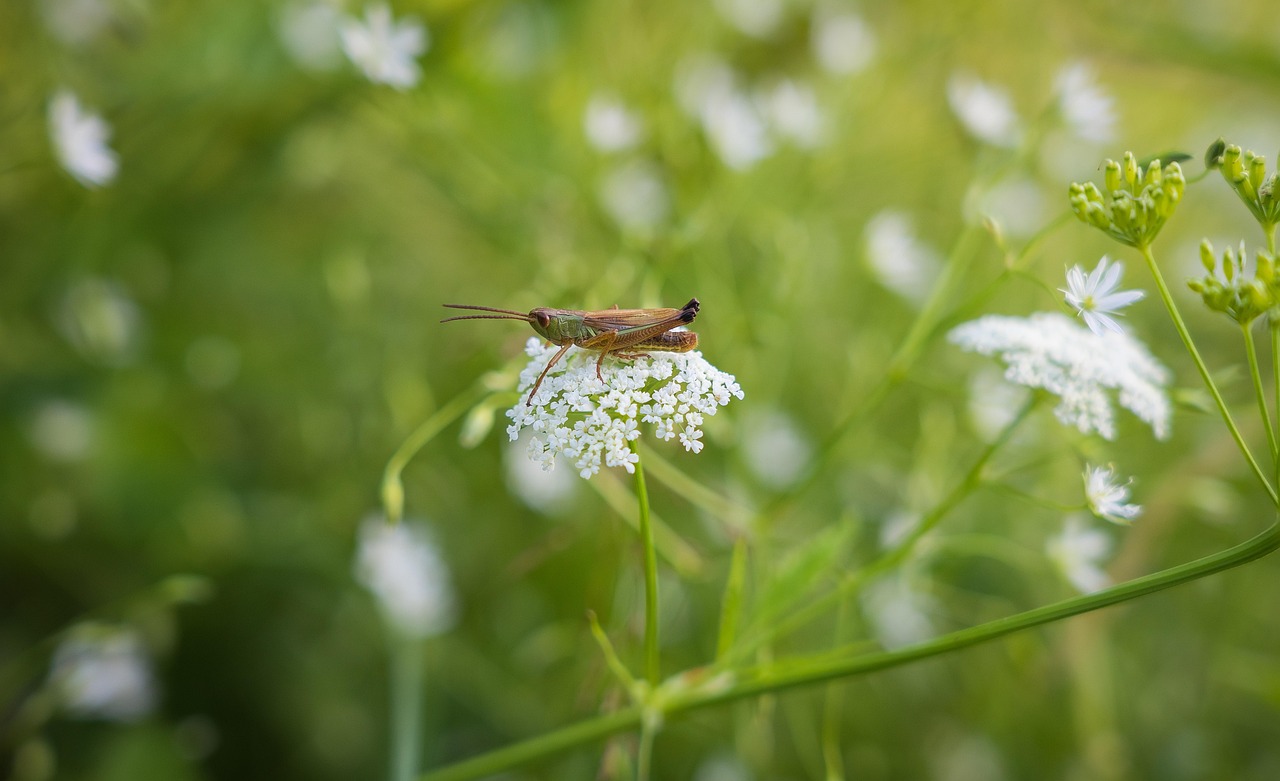
No Mow May for More Biodiversity!
Not mowing the lawn in May also has the positive side effect of increasing biodiversity in your garden and, as mentioned above, attracting beneficial insects and pollinators. In this way - with less work - you ensure a good ecosystem in your garden that can regulate itself and becomes more resilient to external factors such as diseases or extreme weather events. You also contribute to the preservation of pollinator diversity (FiBL, 2004).
Species Conservation Is Important All Year Round!
However, it is important for me to mention here that this knowledge should not only be applied in the garden in May, but all year round. This means that you should always keep an eye on what is growing in your garden and who it could be good for. Because your garden doesn't just exist for you, and other creatures also need food and a home. The general rule for natural gardening is therefore: as little intervention as possible, as much as necessary. When mowing the lawn in particular, we often have this perfect image of an English lawn in mind as the ideal. However, this couldn't be further from nature and we need to question our ideals. Nature is not neat and tidy, nor is it arranged in squares, and trying to force it into this shape usually involves an immense amount of work and sometimes frustration. So my personal recommendation is: less is more!
How Often to Mow the Lawn/Meadow?
If your goal is to have a biodiverse meadow in your garden, you are lucky that you don't have to mow as often. To find the right moment, we recommend that you keep a close eye on your meadow. The plants should have enough time to flower or to form seeds. It is therefore sufficient to mow a meadow once or three times a year or to cut it with a scythe. However, it is also important to know that infrequent cutting is necessary to maintain and promote the greatest possible diversity. Nevertheless, cutting is an intervention that for many animals means that they initially lose their habitat, protection and food. Some also succumb to the lawnmower or scythe, although a scythe is much gentler (NABU, 2024).
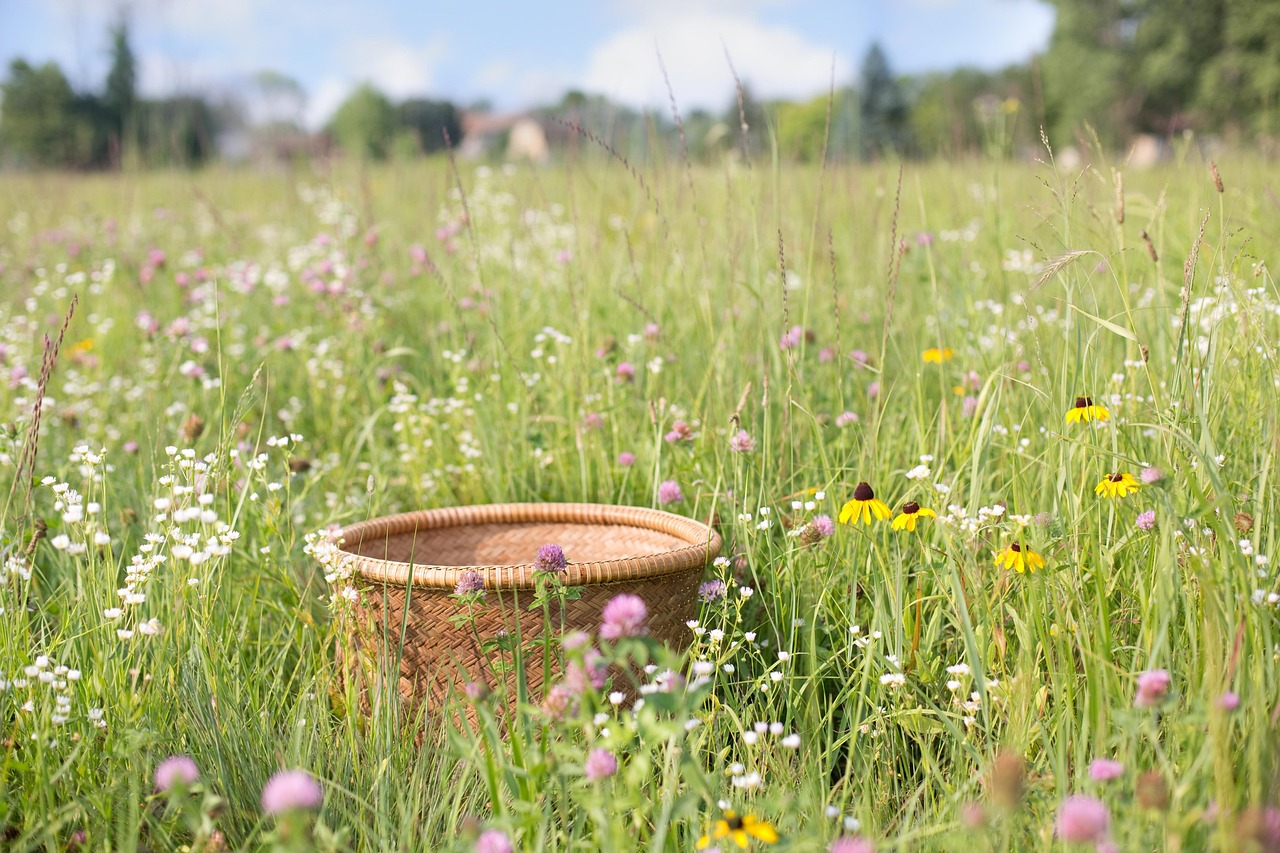
Mosaic Mowing: A Particularly Gentle Method
A particularly gentle way of mowing is mosaic mowing: here you mow a small section of your meadow at a time, which allows the garden inhabitants to move to the remaining areas. Over a period of two to three weeks, you can mow your meadow area piece by piece, like a mosaic.
Leave Mowing or Remove?
You can either leave the mown grass on the meadow or use it directly. It can make sense to leave the mown plant material on the area so that the meadow inhabitants can still enjoy a little protection and look for a new hiding place in peace (Rieger Hofmann, 2024). This also allows seeds to drop out. You can then either turn the plant material into hay, put it fresh in the compost or use it as mulch in your beds. It is recommended that you only use meadow cuttings as mulch if the plants have not formed seed heads. Alternatively, you can put the clippings in the compost immediately after cutting or use them as mulch. Green material is rich in nitrogen and a good addition to your compost.
When Is the Best Time to Mow My Lawn?
First of all, I want to emphasize that there is no universal answer to the question of when you should mow your lawn or meadow. This is as individual as each location and also depends on your personal wishes and goals. However, there are a few factors that you can take into account to find a good time for you. You can take into account the flowering time and the formation of the seed heads. If your aim is to provide food for insects, you should only mow after the flowering period. To protect pollinators such as bumblebees and bees, you can choose a day when temperatures are below 12 ° C/53 ° F. There are usually fewer pollinators around then. However, there will always be animals and insects that suffer from mowing.
Nevertheless, I would like to give you some rough guidelines on when it is a good time to mow your meadow:
- In some locations, a particularly early cut in early spring makes sense. This is particularly the case on nutrient-rich sites, where highly competitive grasses can establish themselves more easily. Early pruning is recommended to promote species diversity early in the year. In general, you can remember that nutrient-rich meadows tend to have a lower species diversity than nutrient-poor sites (Rieger-Hofmann, 2024).
- You can then mow again at the beginning or middle of June, after the early bloomers have finished developing. On some meadows, it is also sufficient if the first cut is made now and spring cutting can be omitted. You can decide this at your own discretion. Finally, you can mow again in the fall from the end of September/beginning of October after the late bloomers have flowered.
If you have any questions or comments, please write to us at [email protected]. Would you like to receive helpful gardening tips all year round and plan your own beds optimally? Then register here or download the Fryd app for Android or iOS.
Fryd - your digital bed planner
Sources:
- NABU, 2024: Recommendation for mowing meadows, roadsides, etc.; accessed online on 17.04.2025
- FiBl, 2004: Sustainable grassland management through graduated meadow cultivation; online accessed on 16.04.2023
- Plantlife, 2024: https://www.plantlife.org.uk
- Rieger-Hoffmann, 2024 : Maintaining species-rich meadows through utilization

Marie
Marie is an agronomist. She is particularly interested in the sustainable and organic cultivation of vegetables and other plants. In her own garden, she gained experience and likes to try things out to learn from nature. She is particularly interested in the values and principles of permaculture, in order to contribute not only to the well-being of nature, but also to the well-being of people and future generations.
Learn MoreCurrent Topics in the Community
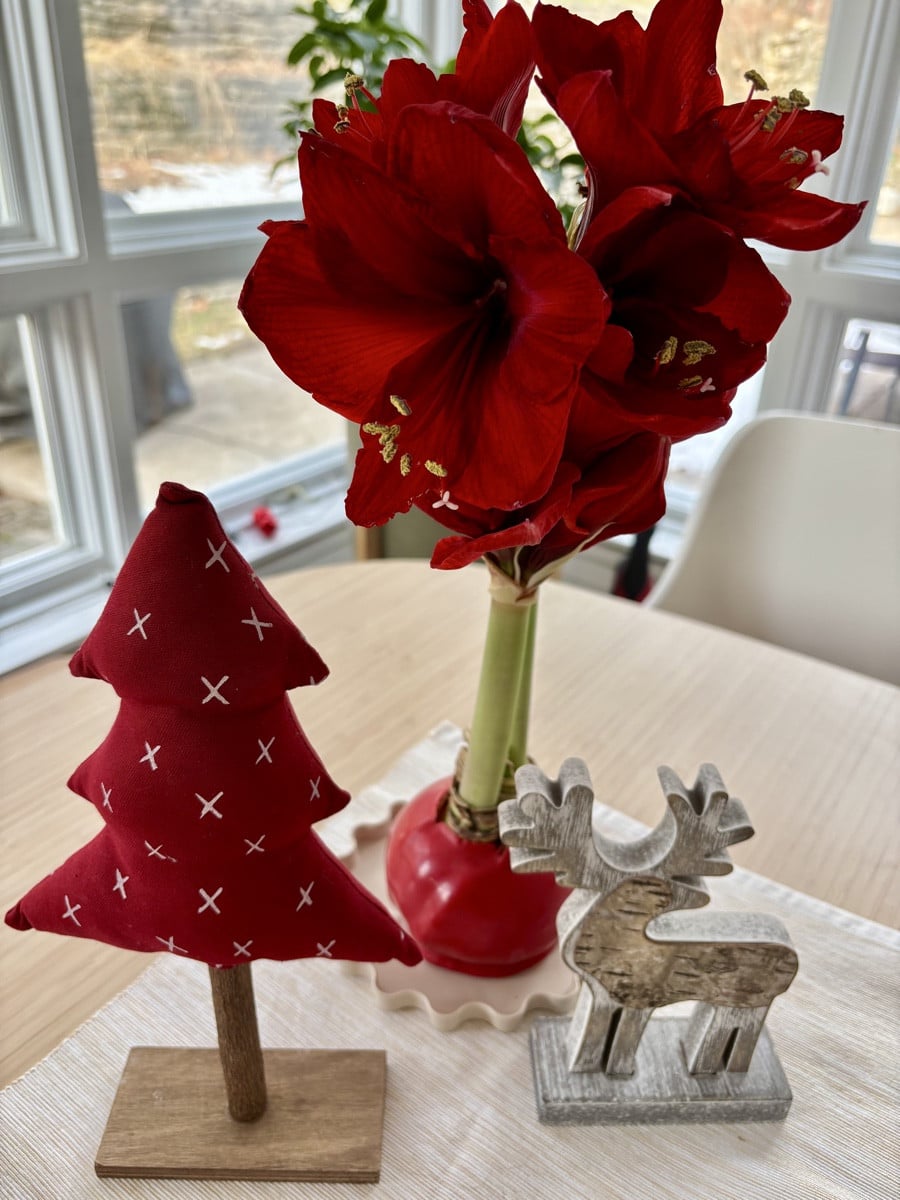
Liked 2 times
Have a relaxing and happy festive season! Looking forward to the upcoming gardening season here in the community 😊⭐️🎄✨
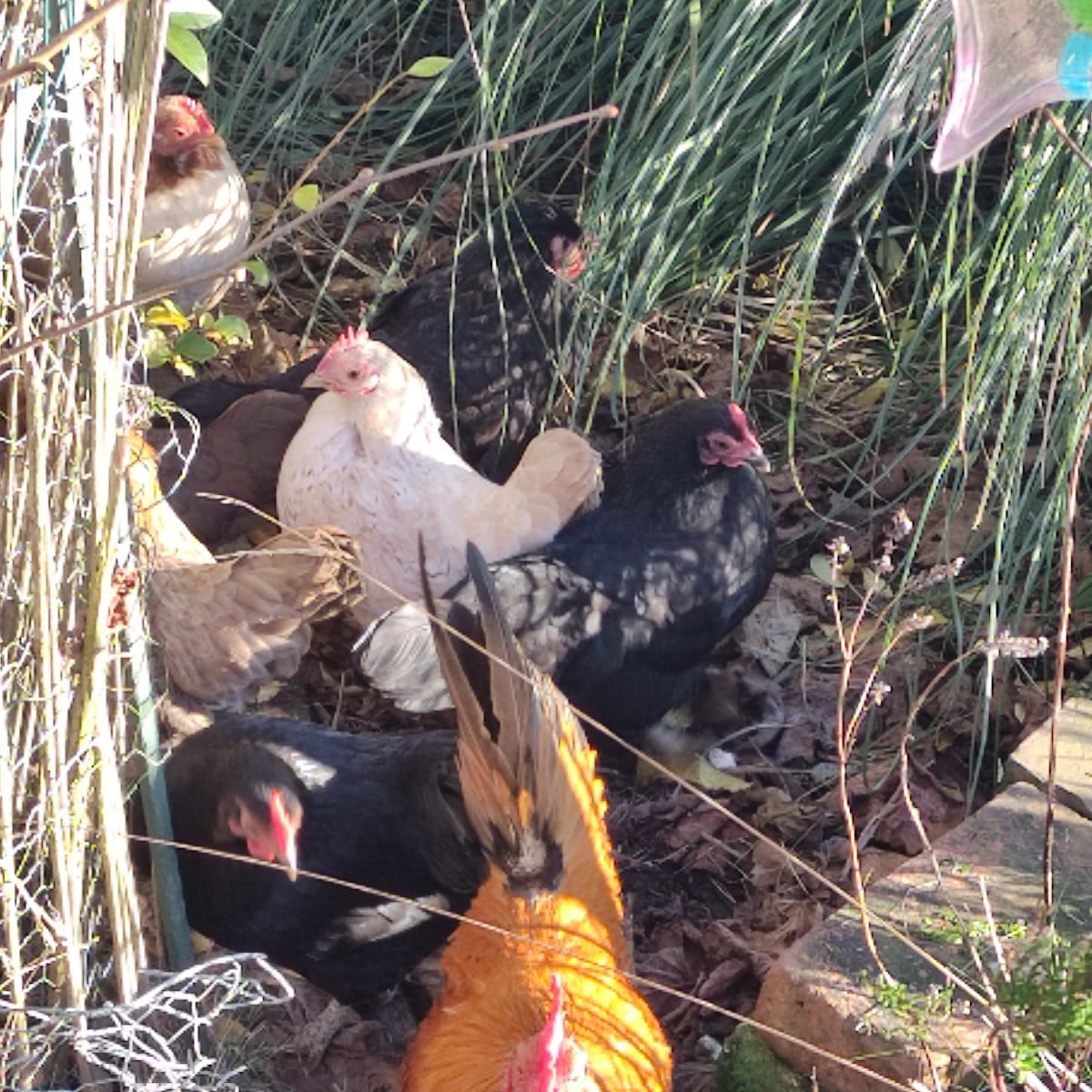
Liked 2 times
The chickens are not happy about the cold weather.
Show 1 answer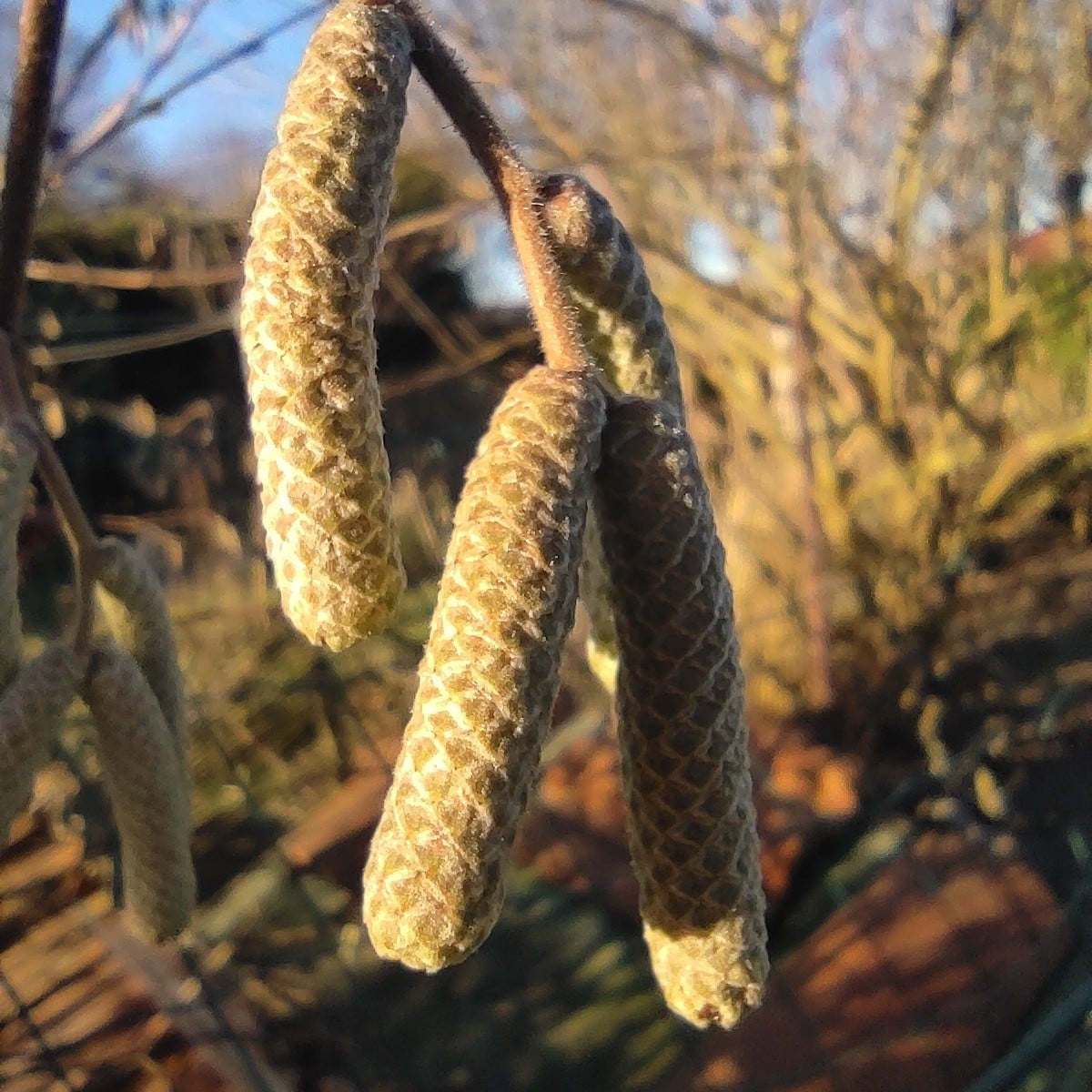
Liked 1 times
Without words
Show 1 answerPopular Articles
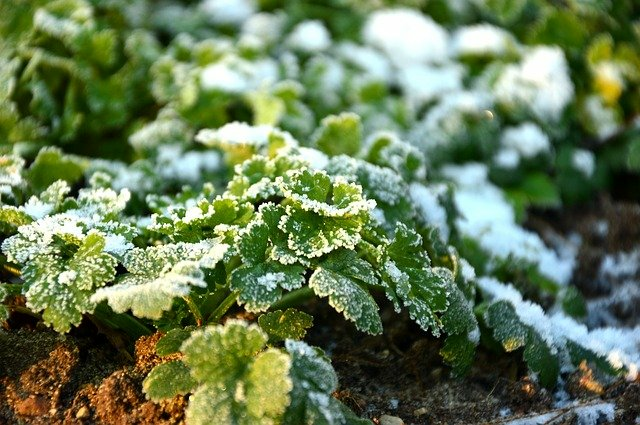
Overwintering Parsley: How to Do It Successfully
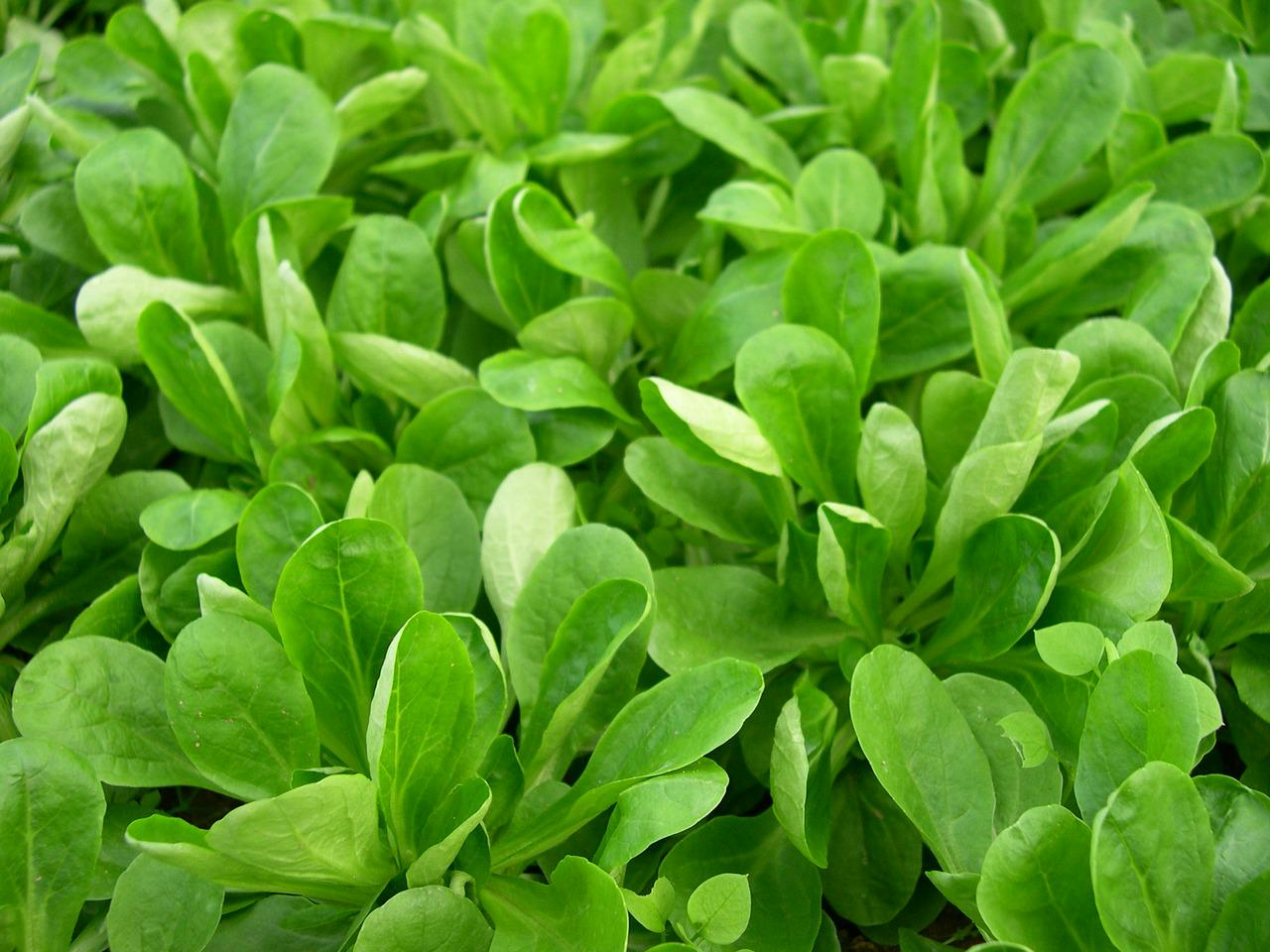
How to Grow Lettuce in Winter: Varieties, Sowing, Harvesting

Growing Sage Plant: Tips for Sowing and Harvesting

What Herbs Can Be Planted Together?
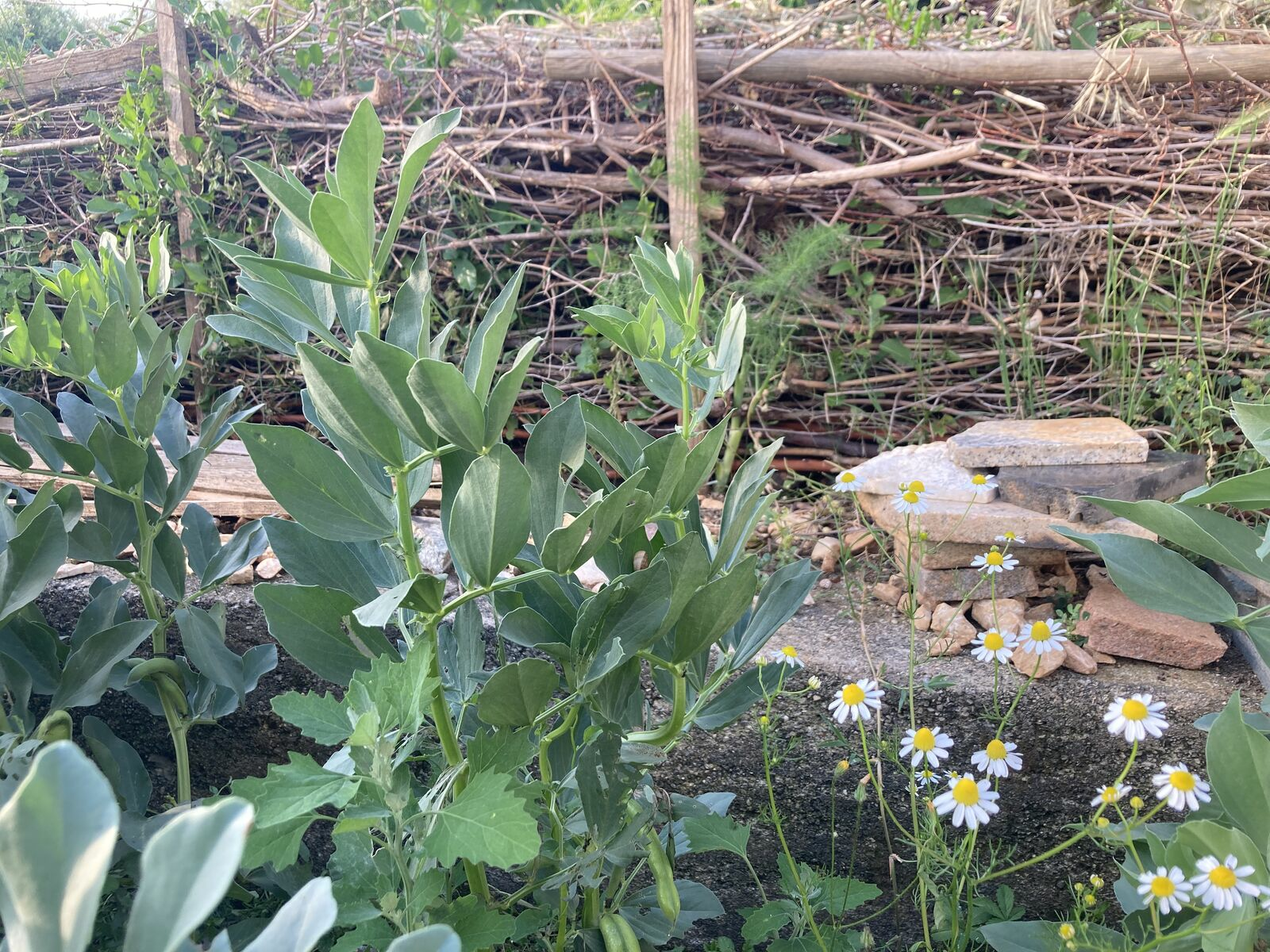
Create & Design a Permaculture Garden
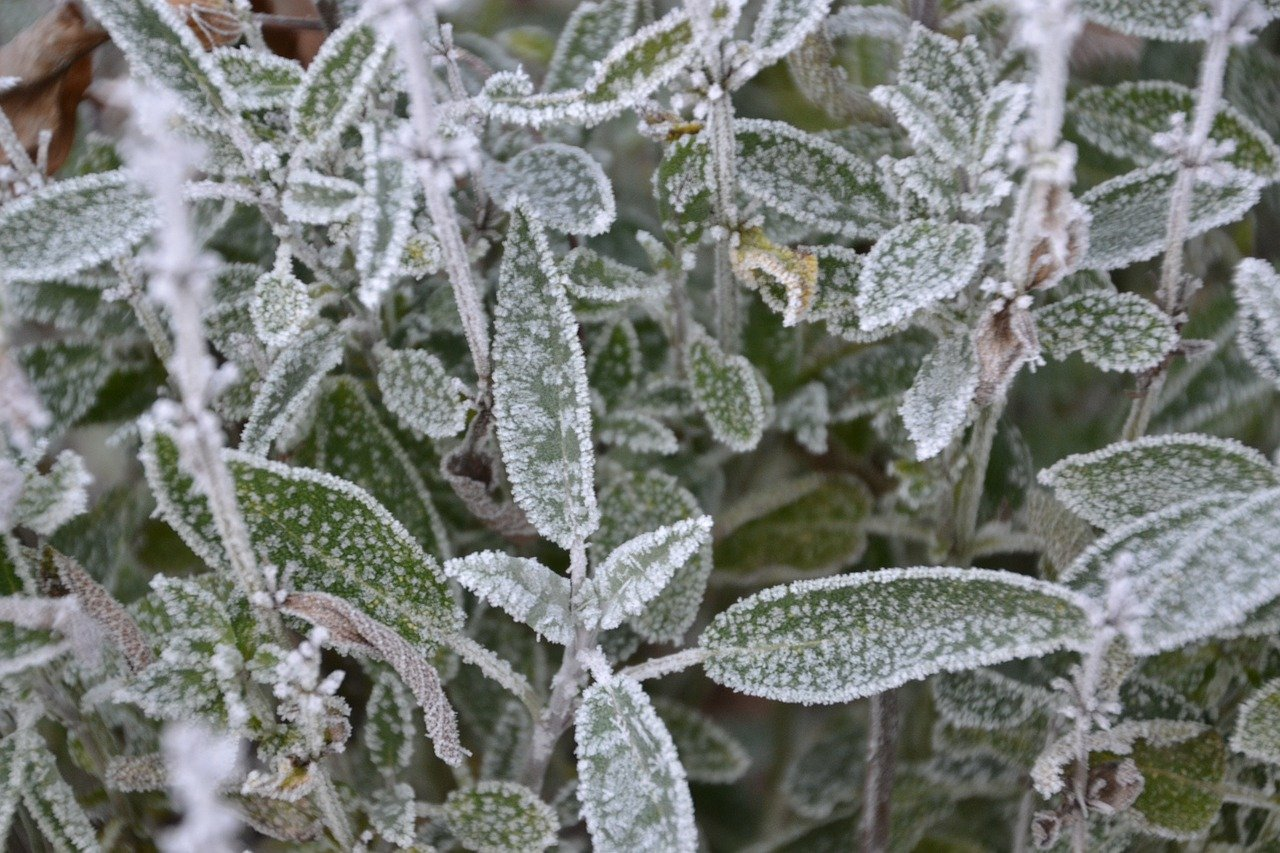
Overwintering Plants: Tubs, Pots and Raised Beds

Pruning, Fertilizing & Propagating Currants: Care Tips
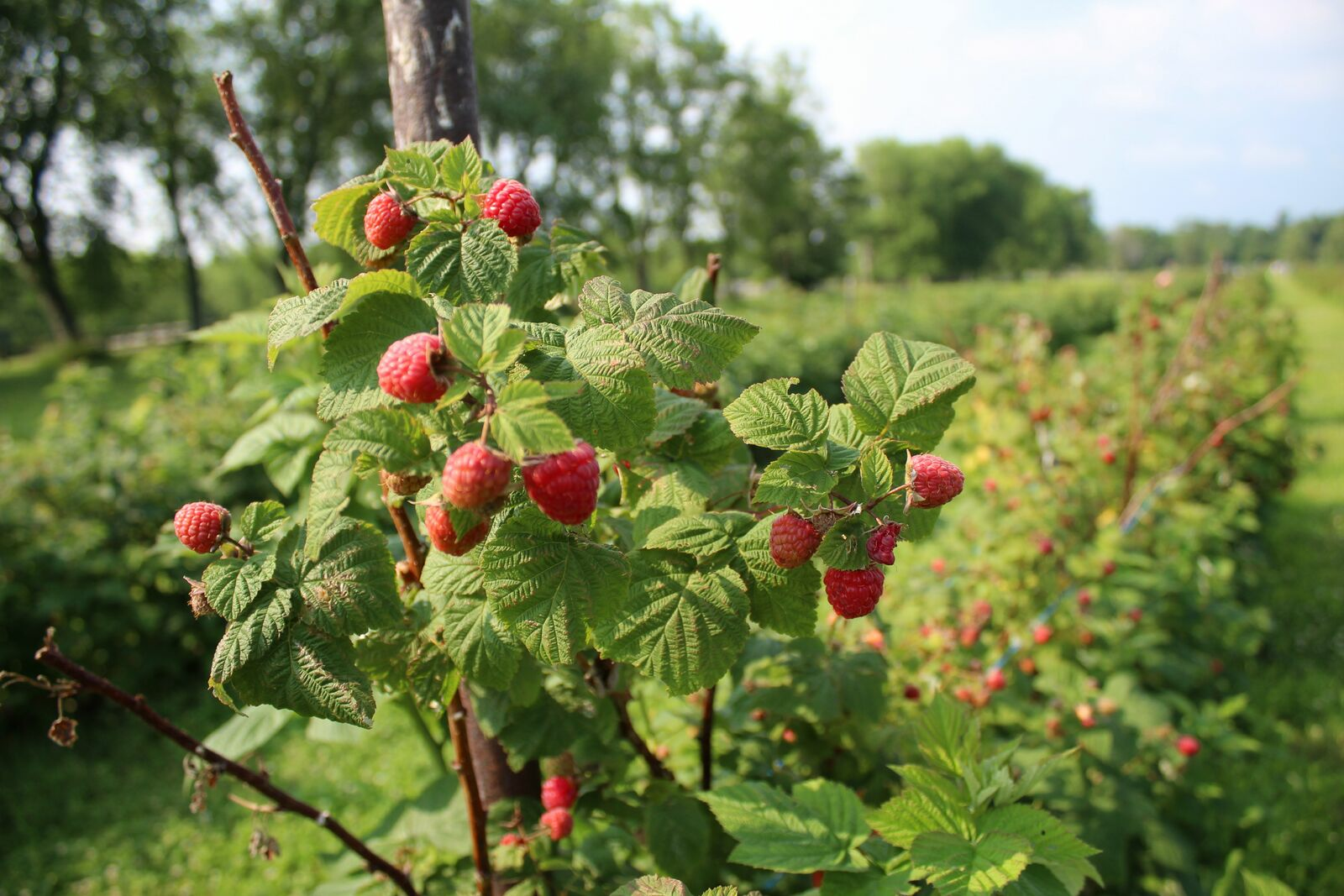
Pruning Raspberries: How to Do It
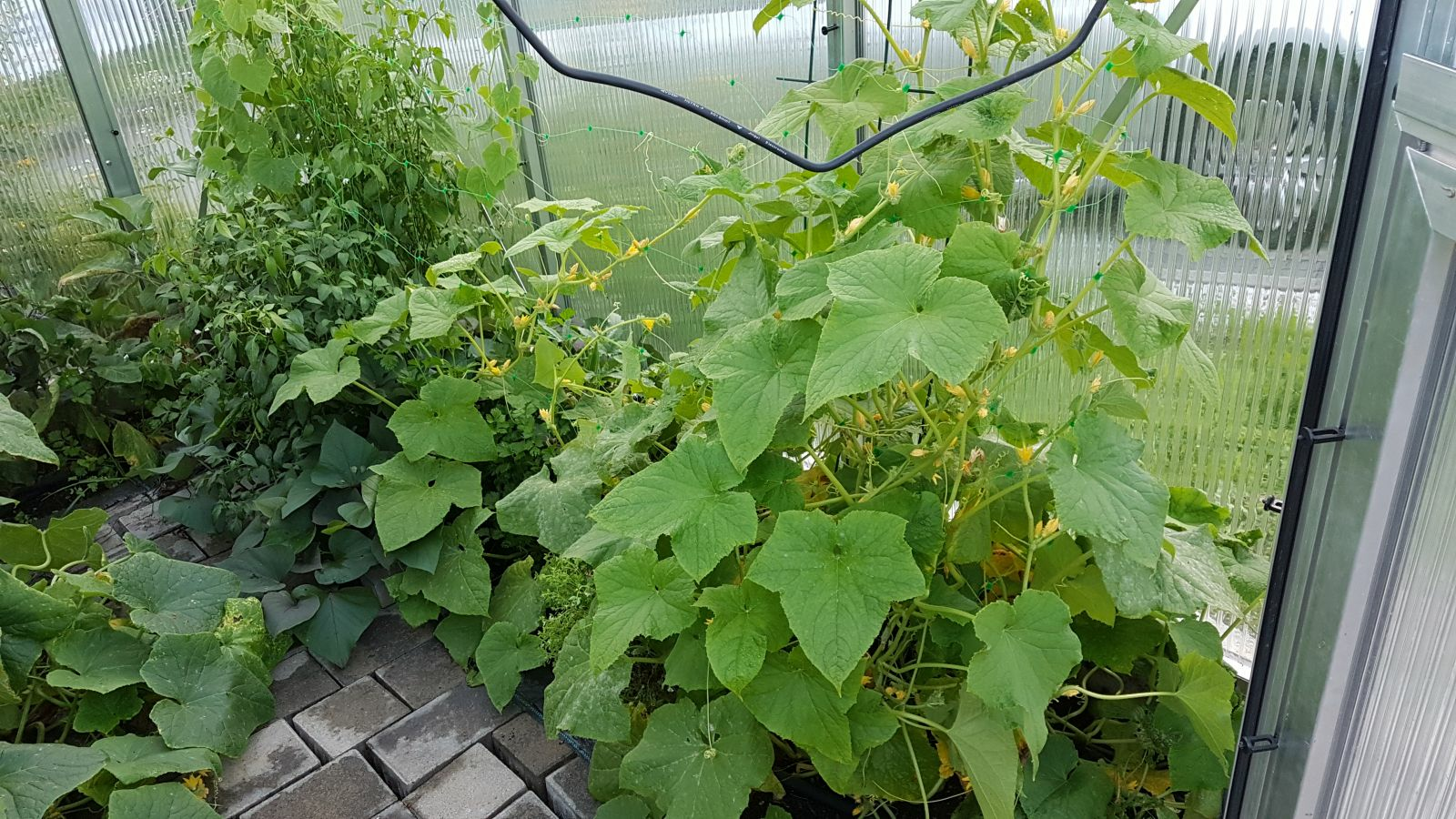
Vegetable Garden With Greenhouse: How to Use Greenhouse Effect

Winterizing Beds and the Garden: How to Do It
FAQ
No Mow May is an initiative that calls on people not to mow their lawns in May in order to allow wild plants to grow and create habitats for insects.
Why should I refrain from mowing the lawn in May?
In May, many wild plants bloom, which are important food sources for insects such as bees and butterflies. By not mowing, these plants can grow undisturbed and contribute to biodiversity.
How does "No Mow May" affect biodiversity?
Suspending mowing encourages the growth of different plant species, which in turn provides more habitats and food sources for insects and other animals, thereby increasing biodiversity.
Can I leave just one part of my lawn unmown?
Yes, even leaving small areas or creating "wild corners" can make a positive contribution to promoting biodiversity.